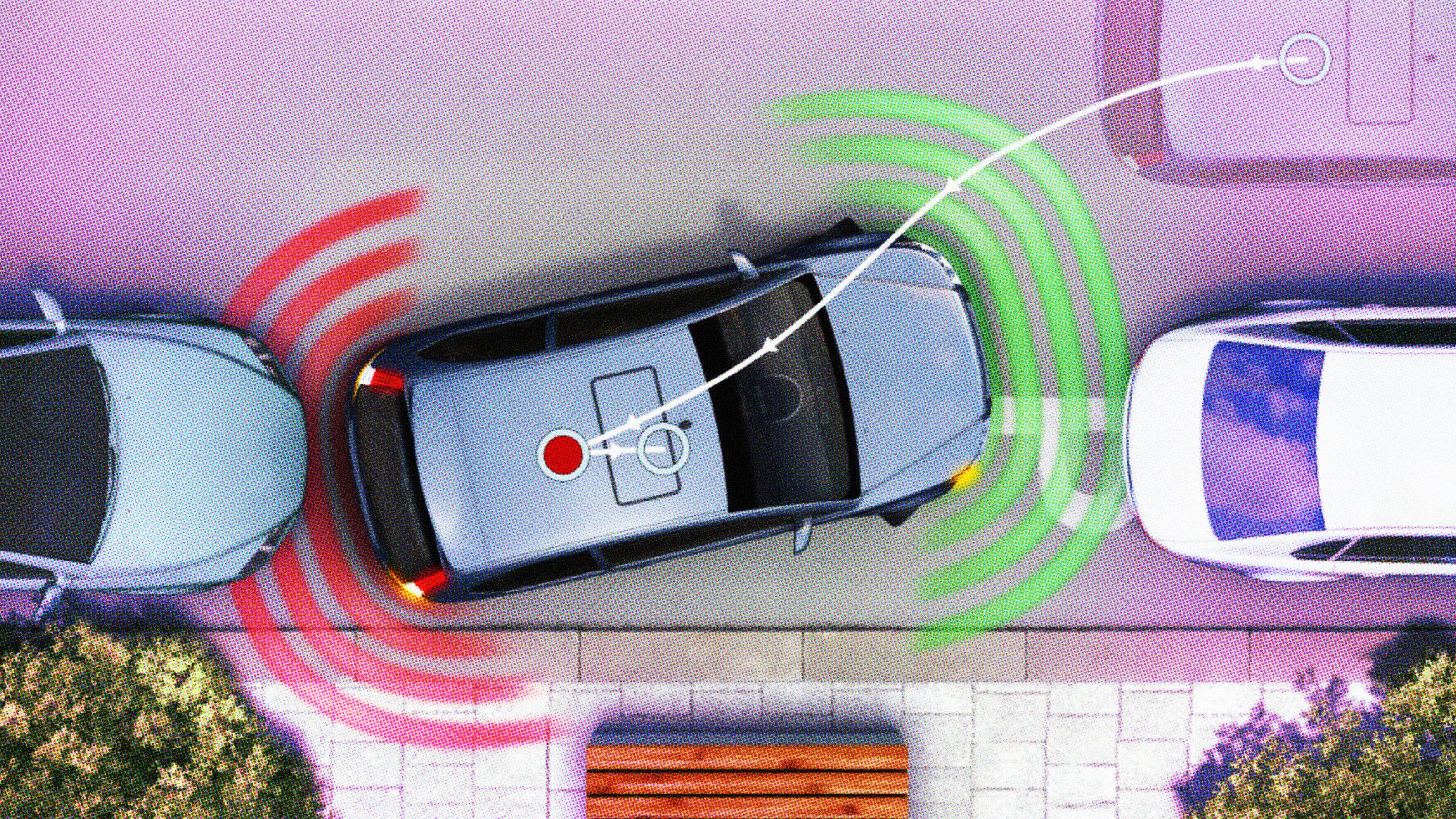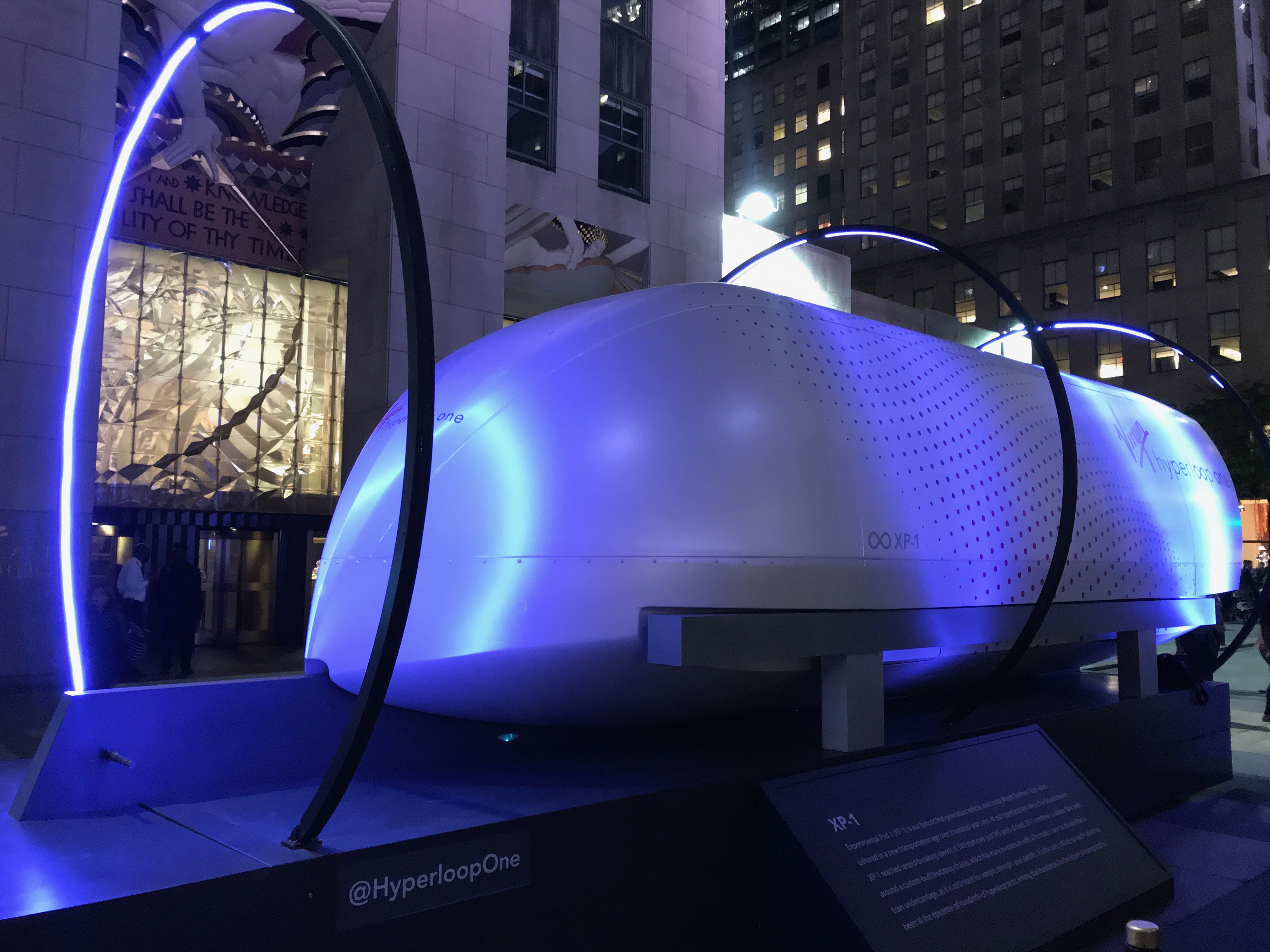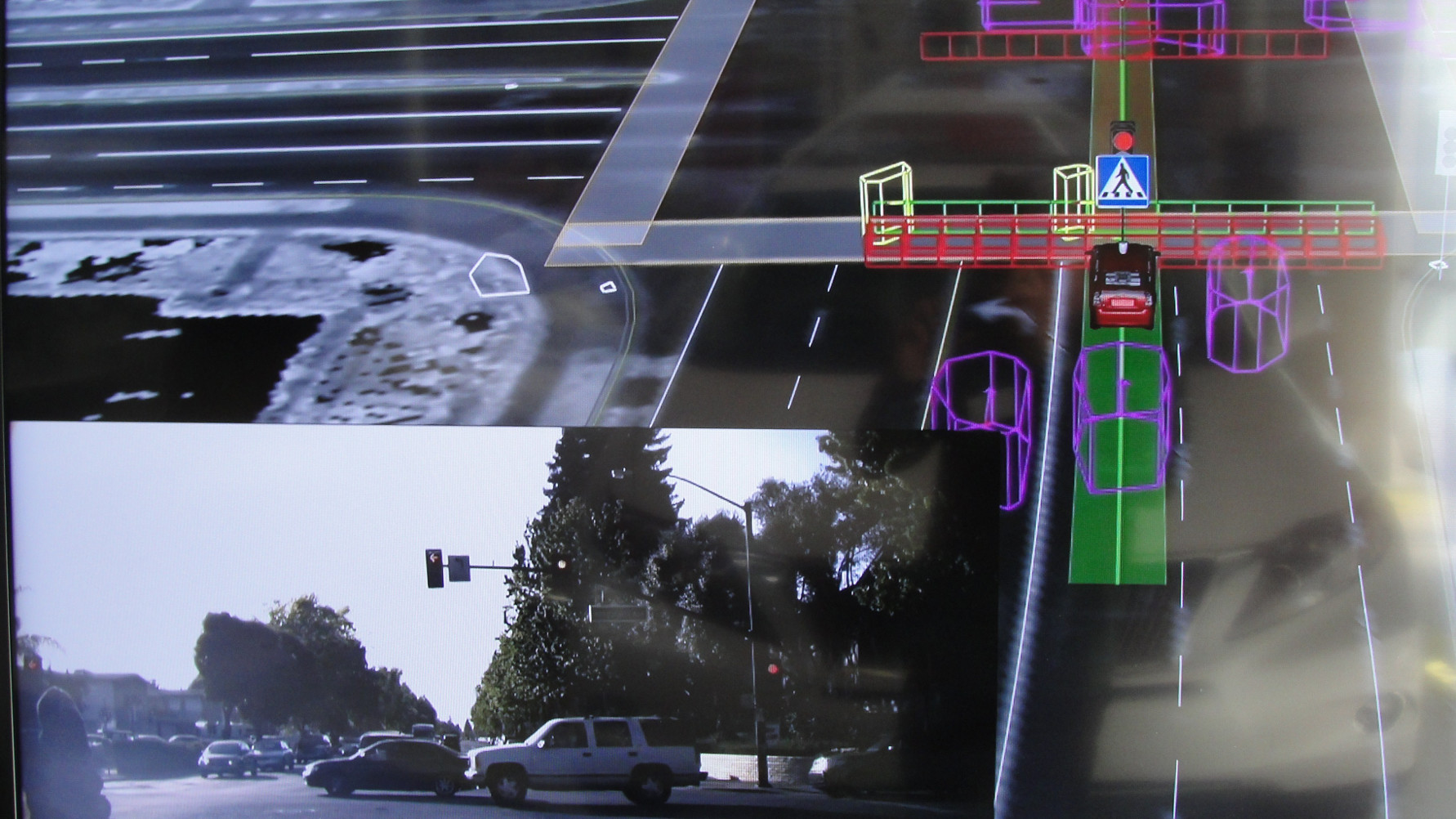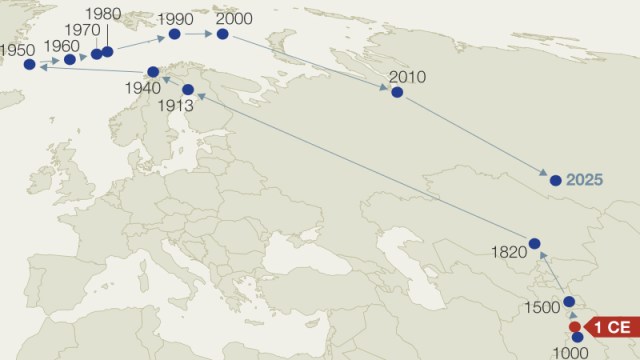Why Does Traffic Jam for No Reason at All?

You know what self-driving cars will help reduce? Phantom traffic jams. You know the ones, where traffic seems to just halt. You see no accidents, no construction, no state trooper—everything has just slowed for what seems like no reason at all.
There’s actually been extensive research done on this issue, which has a simple explanation and solution.
So, what causes these jams to form?
It’s all one big ripple effect, says Berthold Horn — an MIT computer scientist. “A typical case would be someone slams on the brakes just for a short moment. The car behind them is forced to slam on the brakes and so on back upstream.”
The jam itself doesn’t vanish—it drifts backwards, causing a wave of vehicles to slow till somewhere down the line it may even stop. The wave below simulates how traffic shifts and the jam moves based on algorithms developed by a group of researchers interested in this strange phenomena.

Credit: Traffic Modeling – Phantom Traffic Jams and Traveling Jamitons
Japanese researchers even managed to demonstrate the effect in real life. They had 22 drivers going at the same speed on a circular road. Watch as the jam continues to spread backwards:
The solution to this problem is all about spacing, make sure there’s a buffer of about half a car in front and behind you. This will avoid any sudden braking, as well as a snowballing traffic jam behind you. This method wouldn’t eliminate phantom traffic jams completely; it just makes them less likely to form. Beyond just changing behavior, traffic density also plays a factor.
Technology will save us from traffic jams.
If drivers are willing to obey traffic signs, variable speed limits could help if a phantom traffic jam is ahead. The signs could alert drivers to change their speed to slow down, allowing the phantom jam to dissipate before it’s reached. However, this would require drivers to obey the rules of the road, which might be a tall order.
Autonmous cars would help fix this issue. By communicating with other cars, it could slow down and alert other autonomous vehicles behind it, allowing traffic to continue flowing smoothly at a slower speed, but preventing that sudden jam.
“I think 100 years from now, people will look back and say, ‘Really? People used to drive their cars? What are they, insane?’ Humans are the worst control system to put in front of a car,” says Peter H. Diamandis, the chairman and CEO of the XPRIZE Foundation.





